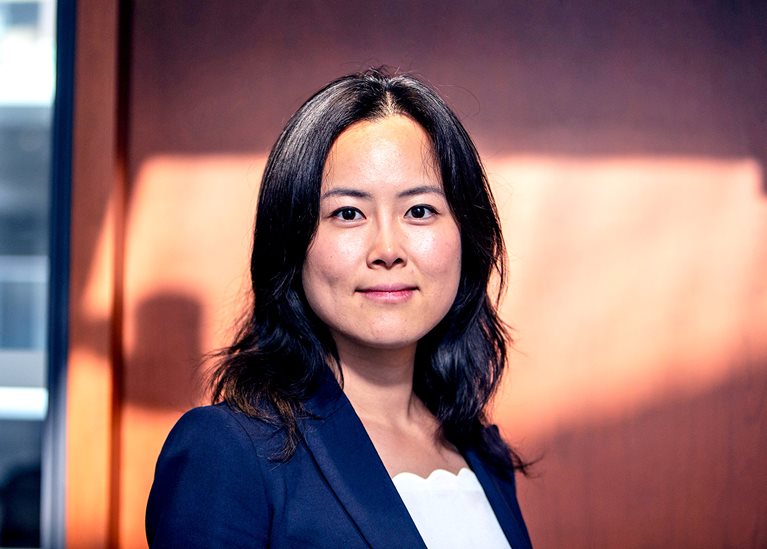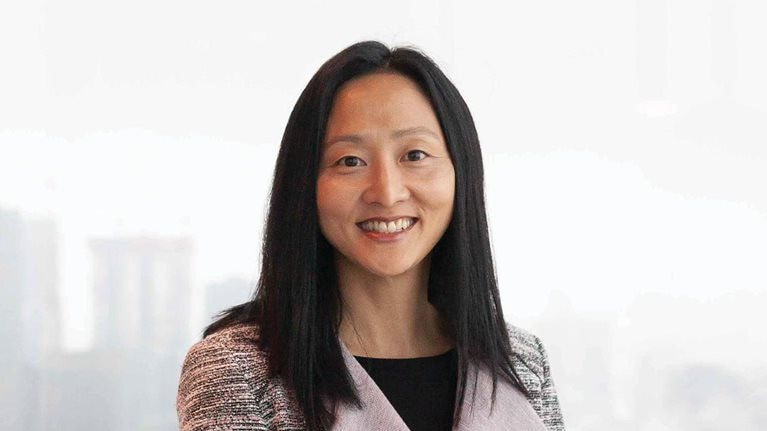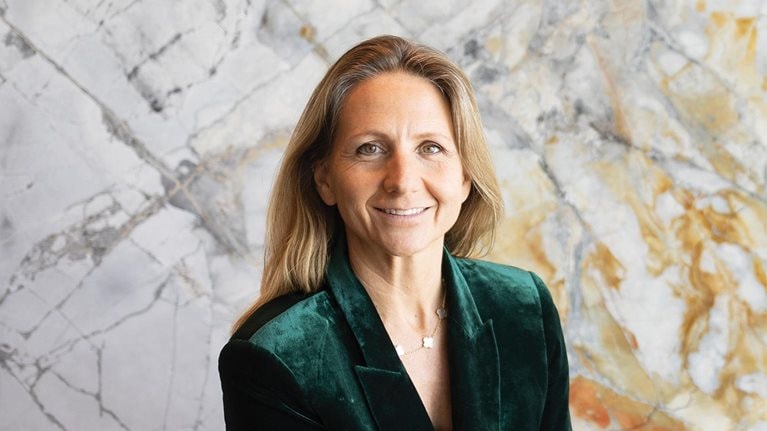Tina Pan still remembers the feeling that something was not quite right.
A couple of years ago, she and her team members were meeting with a senior stakeholder. Pan was experienced in leading projects and working closely with business leaders. As the team stood in line to shake hands with the client, the client bypassed her and shook hands with everyone else. The rest of the team was male; Pan was the only woman.
“When that happened, I thought, ‘Huh,’ because I wasn’t really sure [why],” she says. “I thought maybe that I was standing a little bit back, or that he may have assumed that I was a secretary. I just thought it was odd.”
Pan couldn’t shake the feeling and brought it up with her team later.
“My teammates couldn’t make sense of what had happened either,” she says. “I felt bad for raising it in the sense that maybe I was [being] oversensitive. But years later, it still sticks with me.”

Photo credit: Della Rollins
Pan isn’t alone in her experience. Despite the widespread implementation of diversity, equity, and inclusion (DE&I) programs in the workplace, a recent McKinsey report finds that women, particularly women of colour, continue to feel unsafe speaking out about microaggressions and bias at work.
“Death by 1,000 paper cuts”
According to the Gender Diversity at Work in Canada report, more women reported experiencing microaggressions in their workplace than men.
Two times as many senior-level women than men reported being interrupted or spoken over, and more than 60 percent of senior-level women reported experiencing at least one form of microaggression in their day-to-day work.
In addition, almost half of women said they did not speak out against bias or perceived discrimination, and more women than men said they felt unsafe to do so. Women were twice as likely as men to report facing retaliation when speaking out.
Pan notes that microaggressions may seem innocuous or accidental at first, but they can have a considerable effect on women’s work performance, emotional well-being, and ability to advance in their careers.
“[They] may be small day-to-day occurrences that may not be egregious from the outset, but they can add up to become a death by 1,000 paper cuts,” she adds.
The solution lies in creating an environment where individuals feel comfortable talking about microaggressions without fear of retaliation or judgment, says Pan.
“I think there’s an awareness issue. A lot of people simply don’t realize that these incidents occur [in their workplaces]. It’s not that they are trying to brush it off, it just doesn’t really register for them,” she says.
Workplaces need to be having open and transparent discussions about what these microaggressions look like, from top management on down.
“Once you know what it can look like, the next time you see it, you’re much more likely to pick it up,” she says.
Pan also points to the crucial issue of allyship in the workplace. “It takes courage to stand up and to say something about these types of situations. And that’s the kind of mentality we all need to exhibit in order for these microaggressions to be addressed,” she says.
Creating a truly inclusive workplace
The Gender Diversity at Work in Canada report found that although DE&I has been prioritized across many Canadian organizations, only marginal improvements in representation have occurred across the talent pipeline in the past four years.
For example, in 2021, nearly 70 percent of employees reported that their organization prioritized DE&I. However, only 35 percent of employees reported that their company has substantially followed through on these commitments and only 15 percent said their managers and senior leaders have been held accountable for meeting their DE&I goals.
We know that especially in an organizational setting, what doesn’t get measured will not get done.
Pan says that to effectively make DE&I a priority and diagnose any problems that may be hindering the advancement of women and other underrepresented groups, organizations must formulate a coherent strategy involving measurement and specific goals.
“We know that especially in an organizational setting, what doesn’t get measured will not get done,” she says. “At McKinsey, we have a tool that we use with our clients as well as ourselves called an Inclusion Assessment, which has organizational science behind it. It breaks inclusion into its component pieces of outcomes that you would want to see and [indicates] practices that contribute to those outcomes.”
When it comes to practical strategies that will further DE&I goals, Pan says robust sponsorship programs are valuable tools. “Sponsorship for female employees who are looking to advance, as well as other supports such as childcare and extended leave programs, can go a long way to meaningfully improve DE&I at work,” she says.
“Sponsorship is something we do internally and work with our clients to empower them to do the same,” she says. “It’s been proven that individuals who are sponsored will move up a lot more swiftly.” Pan points out that the Gender Diversity at Work in Canada report showed that 82 percent of the top-performing organizations in DE&I provide sponsorship programs for underrepresented groups such as women of colour, compared to 52 percent for all companies.
Unlike mentorship, where mentors advise more junior employees, with sponsorship programs, sponsors advocate for their protégés.
It’s an important distinction if organizations want to really move the needle, she says.
“Women tend to be over-mentored but under-sponsored,” says Pan. “[With mentorship], you can get as much advice as you need. But when it comes to the critical point for promotion, you need someone to pound the table for you and create these opportunities for you.”
Pan points out that while no two companies are the same, organizations need “an ecosystem of thoughtfully designed and well-executed levers” to unlock meaningful progress on DE&I and foster an inclusive environment where all employees thrive.

